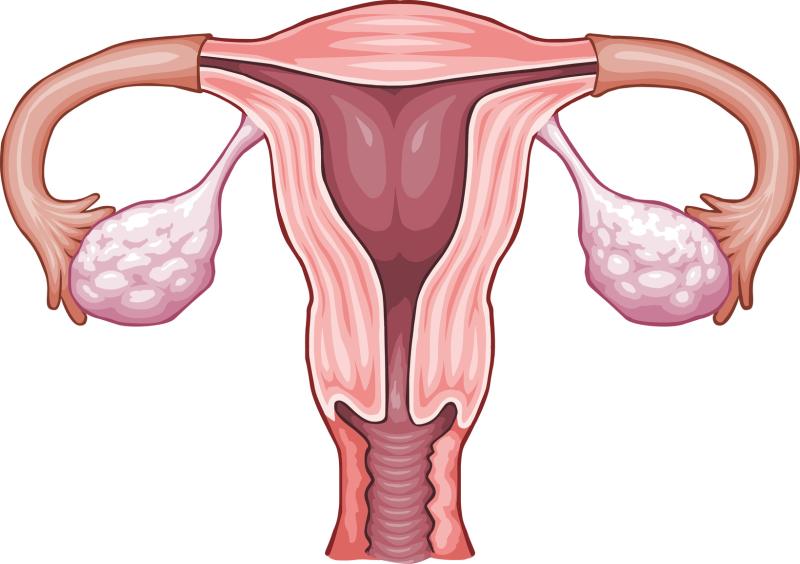
The odds of women passing coronavirus disease 2019 (COVID-19) to their sexual partners appear to be low, with two studies showing no evidence of the disease-causing SARS-CoV-2 virus existing in the vaginal fluids of infected patients.
SARS-CoV-2 is known to be mainly transmitted via respiratory air droplets. However, several reports have shown that the virus may also be found in anal swab and tear samples from COVID-19 patients, suggesting other possible routes of person-to-person transmission. [Lancet 2020;doi:10.1016/S0140-6736(20)30313-5; medRxiv 2020;doi:10.1101/2020.02.06.20020974; Clin Infect Dis 2020;doi:10.1093/cid/ciaa149]
In the first study, researchers from the Huazhong University of Science (HUST) and Technology in Wuhan, China, looked at 35 female COVID-19 patients (average age, 61.5 years) to explore the possibility of sexual transmission. They asked about the sexual activities of the patients and performed RT-PCR analysis of SARS-CoV-2 in the anal swab and vaginal environment samples (including cervical or vaginal residue exfoliated cells).
All the samples from vaginal environment returned negative results, and only an anal swab sample from a single patient tested positive for SARS-CoV-2. The infection rate in the sexual partners of the patients was 42.9 percent, but only two women reported copulating with their mates during a possible SARS-CoV-2 infection incubation period (from 14 days before onset of first symptom). [medRxiv 2020;doi:10.1101/2020.02.26.20028225]
Both women used intrauterine device for contraception. One disclosed having regular sex with her partner during the 14 days before onset of first symptom; there was no sexual contact after she started to present with fever. Meanwhile, the other patient reported mating for a longer period, ending only on the day she was diagnosed with the infection. Her partner was subsequently diagnosed with COVID-19, whereas the former patient’s was not.
Results were consistent to that of a study conducted by investigators from the Peking Union Medical College (PUMC) in Beijing, China. None of the vaginal swab samples from 10 postmenopausal women aged 52 to 80 years with confirmed severe COVID-19 pneumonia tested positive for SARS-CoV-2. The samples had been collected between 17 and 40 days following symptom onset. [Clin Infect Dis 2020;doi:10.1093/cid/ciaa375]
“Even when patients’ respiratory symptoms were severe, the results of vaginal swabs were negative. Therefore, it is possible that SARS-CoV-2 does not enter the vaginal fluid,” the PUMC investigators noted.
“The results … show no evidence of sexual transmission of SARS-CoV-2, [possibly due to the] lack of ACE2 expression, which is the receptor of SARS-CoV-2, in the vagina and cervix tissues,” the HUST researchers said.
However, they pointed out that behaviour relating to sexual activities involves not only coitus but also hugs, kisses, and oral and anal penetration, among others. Given the complexity of such a behavior and that asymptomatic people are potential sources of infection, intimate contact during sex should not be ignored as it may still result in transmission of SARS-CoV-2 virus.
“More research about possible differences in the pathophysiology of SARS-CoV-2 in the female genital tract of premenopausal women is needed,” said the PUMC investigators.